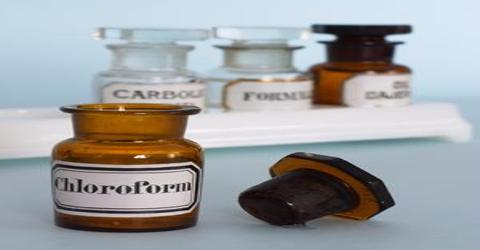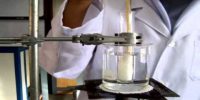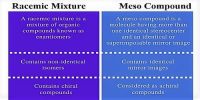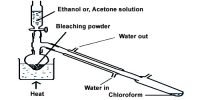Preservation of Chloroform:
It is the presence of phosgene gas in long stored chloroform, which makes it toxic to be used as anaesthetic. The spontaneous generation of dangerous quantities of phosgene (COCl2) from chloroform, preserved with amylene and stored properly in the absence of heat and light
2CHCl3 + O2 → Sunlight → 2COCl2 + 2HCl
It is very important to prevent the oxidation of chloroform. This can be done as follows-
(a) Chloroform should be stored in dark colored bottle to cut off the light.
(b) The bottle containing chloroform should be filled up to the stopper and closed tightly to avoid the presence of air inside the bottle.
(c) A small quantity of ethanol (1%) is added with CHCl3 at the time of packaging. Ethanol converts phosgene gas into non-toxic and non volatile neutral ethyl carbonate.
COCl2 + 2C2H5OH = (C2H5)2CO3 + 2HCl
Chloroform (trichloromethane) and saturated thymol (5-methyl-2-[1-methyl ethyl]phenol) were used as biocides to preserve synthetic and real throughfall water samples for up to 50 days.















